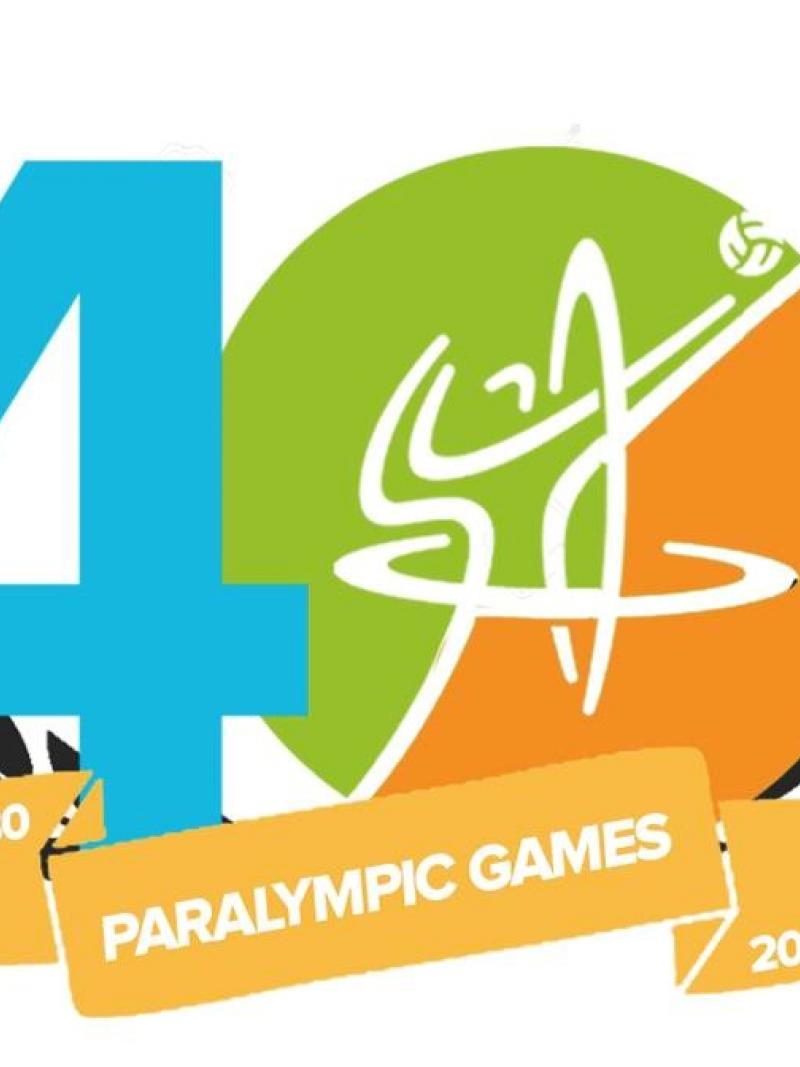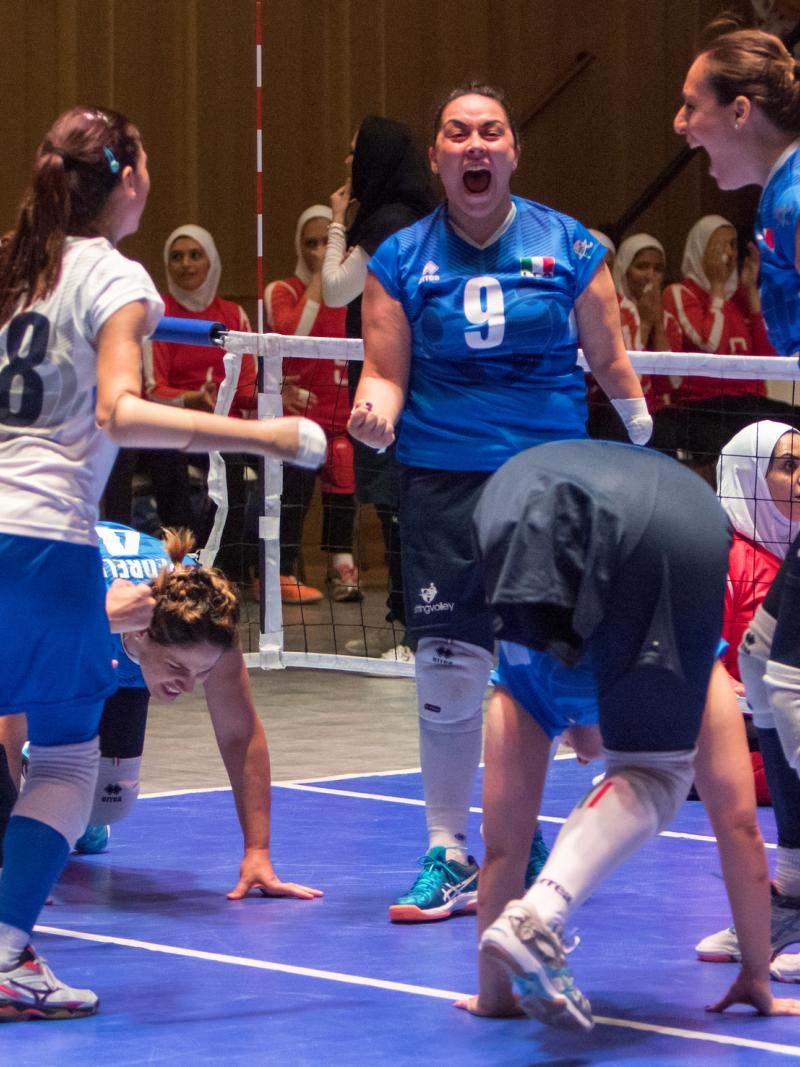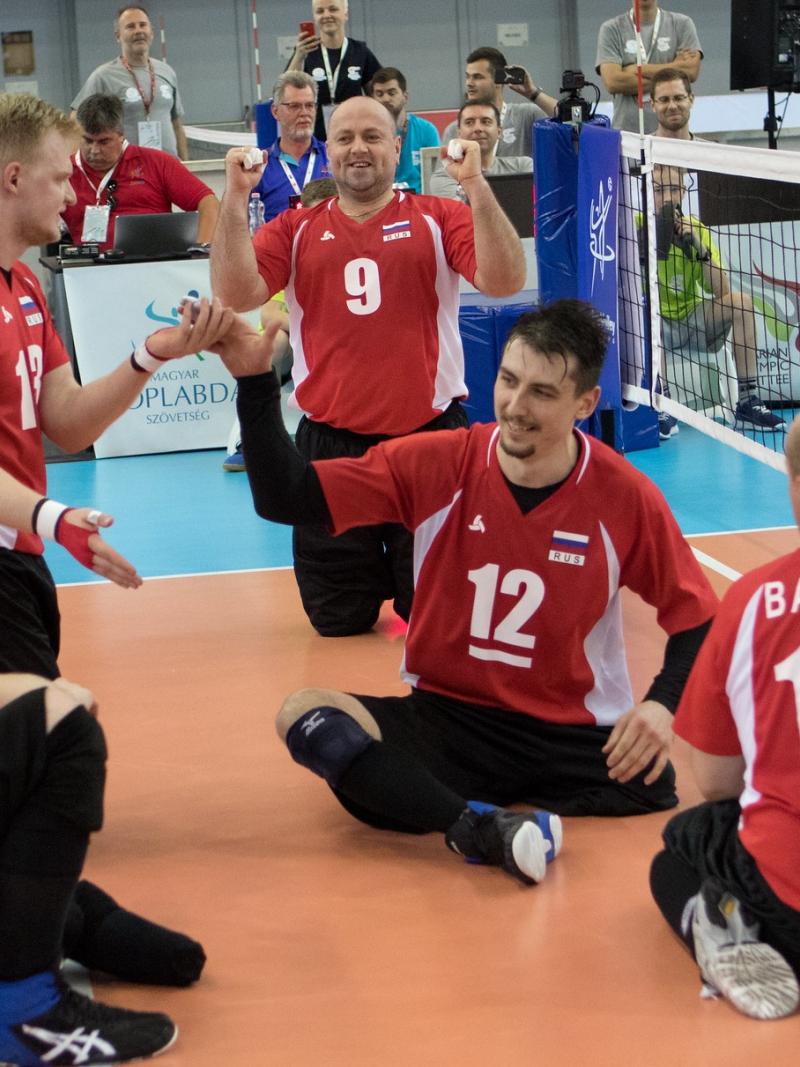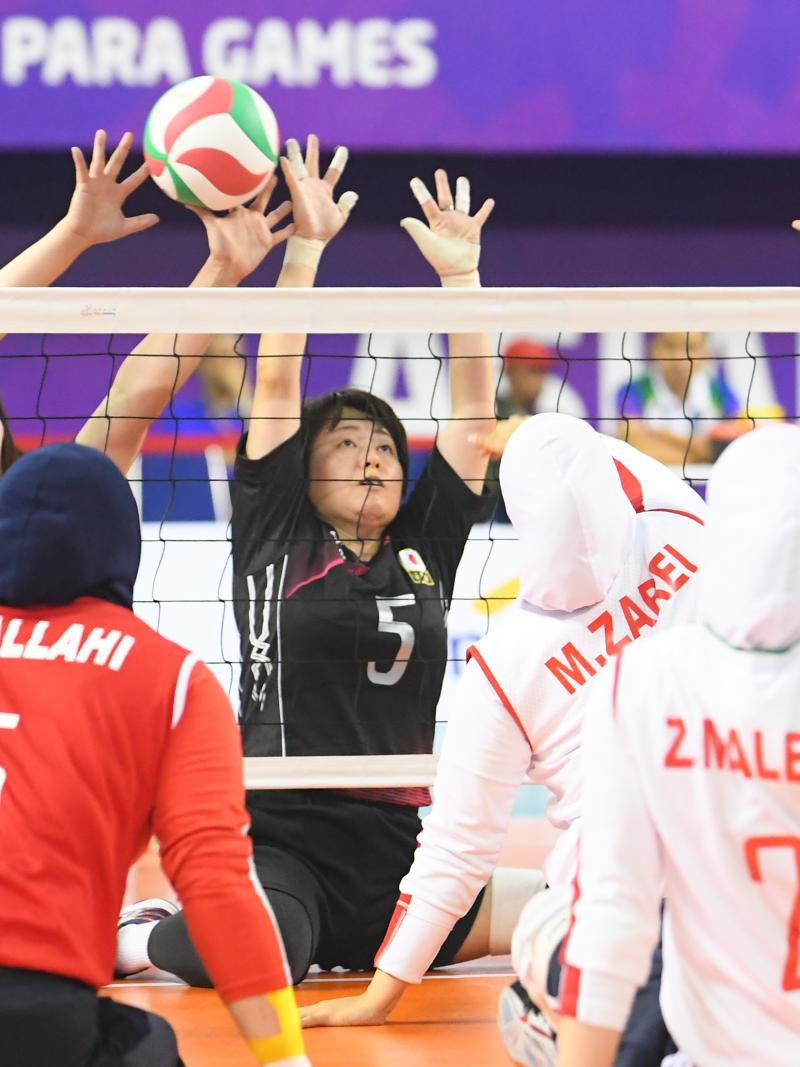Sport week: Welcome to sitting volleyball
The sport follows FIVB rules, just with a few minor modifications such as court and net size 18 May 2020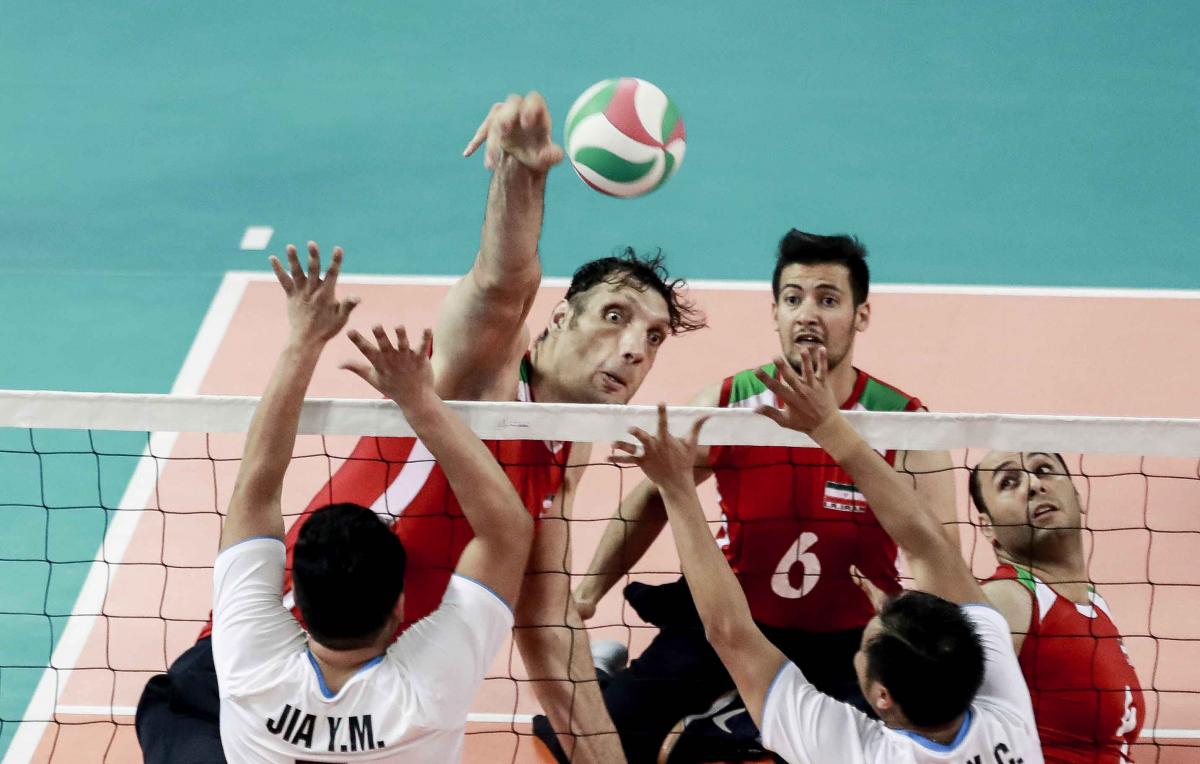
Sitting volleyball is a team sport featuring constant motion, communication and bursts of explosiveness. Two teams of six players are separated by a net and try to score points by grounding the ball onto the other side’s court.
Sitting volleyball has many similarities to its able-bodied version, but of course, with a few modifications to the FIVB rules.
How it works
While teams in the able-bodied version are separated by a raised net (2.43m and 2.24m from the top of the net for men and women’s competitions, respectively), sitting volleyball is played from a lower net (1.15m for men, 1.05m for women). The court dimensions in sitting volleyball are also smaller (10m x 6m).
The main difference between the two versions is that sitting volleyball, as its name implies, is played from seated positions. The athlete’s pelvis must be in contact with the ground, and service blocks and attacks are allowed. However, a brief of loss of contact with the floor is occasionally permitted, if the ball is played in an extreme defensive manoeuver, while the ball is in the back court and below the height of the net.
It is played in a best-of-five set format with the first four sets comprising 25 points each (winner of each set needs least on two-point lead), while the fifth set is decided on 15 points.
History
Sitting volleyball originated in the Netherlands in 1956 as a combination of volleyball and sitzball, a German sport with no net but seated players.
At first, “standing volleyball” (for athletes with a mobility impairment and can be played standing up) appeared at the Toronto 1976 Paralympics as a demonstration sport. Standing volleyball, along with sitting volleyball, officially became part of the Paralympic programme at Arnhem 1980. The Netherlands took the first gold medal in sitting volleyball, while Israel captured gold in stand-up volleyball. Seven countries participated in the sitting volleyball in Arnhem 1980, and five in standing volleyball.
Women’s competition was added for Athens 2004 – with six nations participating in the women’s side – while men’s standing was removed. The Chinese women had won every Paralympic gold since Athens 2004. But the USA ended that streak in 2016 at the Rio Paralympics.
On the men’s side, Iran and Bosnia-Herzegovina have gone back-and-forth between gold and silver since Sydney 2000. The Iranian men have been the dominating force, amassing six gold medals and a silver since the Seoul 1988 Games. Having been runner-up to Iran, Bosnia and Herzegovina landed their first gold medal in Athens 2004. They tried again at the 2016 Games but could not overcome Iran in four sets.
The Tokyo 2020 Paralympics were postponed to 2021, and sitting volleyball is expected to feature eight teams in each of the men's and women's competitions.

 Facebook
Facebook
 Instagram
Instagram
 Twitter
Twitter
 Youtube
Youtube
 TikTok
TikTok
 Newsletter Subscribe
Newsletter Subscribe

